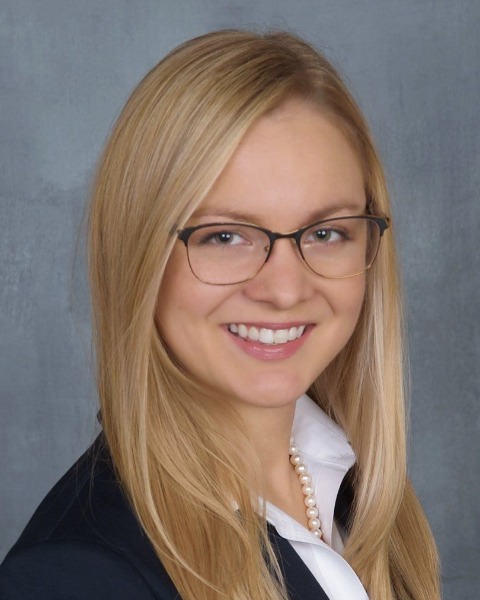Optimizing Diagnostic Breast Imaging: A Cost-Effective Approach to BI-RADS 3 Surveillance
ePosters

Emily Gonzalez, MD
Resident
Baylor University Medical Center
Presenter(s)
Background: The Breast Imaging Reporting and Data System (BI-RADS) guides follow-up recommendations for probably benign breast lesions (BI-RADS3). The current recommendations are to surveil the lesion with diagnostic mammograms and/or ultrasounds at 6, 12, and 24-month time points. Diagnostic mammograms cost more than screening mammograms and are frequently not entirely covered by health insurance. On average approximately 15 out of 100 diagnostic mammograms are performed to evaluate and surveil the BI-RADS 3 lesions. Cost is often a major deterrent for women obtaining mammograms, and we aim to evaluate the feasibility of converting the 12- and 24- month follow-up diagnostic mammogram to a wet-read screening mammogram, in which the mammogram is read within 24 hours of acquisition.
Herein we present a retrospective study evaluating BI-RADS 3 surveillance and a comparison of cost-savings on the health system of diagnostic mammograms for these patients to convert the alternative surveillance mammograms.
Learning Objectives: Perform a cost analysis of the current surveillance methods as well as evaluate and compare alternative processes.
Inform clinicians on the cost of diagnostic mammograms and the burden on the healthcare system
Address common barriers to care in breast imaging in order to improve public health without significantly impacting, and possibly improving morbidity and mortality associated with breast cancer
Abstract Content/Results: This retrospective study of a breast imaging center in the Dallas area evaluated 3 years of diagnostic mammograms from the dates of December 1, 2019, to December 31, 2022, with inclusion criteria for sample data defined as a traditional BI-RADS 3 surveillance having completed 24-month follow-up ( < 2% chance of malignancy). Excluded from the data set were lesions originally characterized as BI-RADS 4 with ultimately a negative biopsy and downgraded to a BI-RADS 3. Diagnostic mammograms, on average, cost the patient $695 and 90 minutes of their time compared to $473 and 30 minutes of a typical screening mammogram. Cost-benefit and opportunity-cost analysis of diagnostic mammograms versus wet-read screening mammograms demonstrated significant improvement in the efficiency of allocated resources, both for the patient and the interpreting radiologist.
Conclusion: In summation, we propose an alternative to performing diagnostic mammograms for probably benign surveillance for the 12- and 24-month time periods. This saves the patients time and money and increases workflow efficiency in outpatient breast imaging centers, allowing for the majority of time and effort to be focused on other diagnostic mammograms.
Herein we present a retrospective study evaluating BI-RADS 3 surveillance and a comparison of cost-savings on the health system of diagnostic mammograms for these patients to convert the alternative surveillance mammograms.
Learning Objectives: Perform a cost analysis of the current surveillance methods as well as evaluate and compare alternative processes.
Inform clinicians on the cost of diagnostic mammograms and the burden on the healthcare system
Address common barriers to care in breast imaging in order to improve public health without significantly impacting, and possibly improving morbidity and mortality associated with breast cancer
Abstract Content/Results: This retrospective study of a breast imaging center in the Dallas area evaluated 3 years of diagnostic mammograms from the dates of December 1, 2019, to December 31, 2022, with inclusion criteria for sample data defined as a traditional BI-RADS 3 surveillance having completed 24-month follow-up ( < 2% chance of malignancy). Excluded from the data set were lesions originally characterized as BI-RADS 4 with ultimately a negative biopsy and downgraded to a BI-RADS 3. Diagnostic mammograms, on average, cost the patient $695 and 90 minutes of their time compared to $473 and 30 minutes of a typical screening mammogram. Cost-benefit and opportunity-cost analysis of diagnostic mammograms versus wet-read screening mammograms demonstrated significant improvement in the efficiency of allocated resources, both for the patient and the interpreting radiologist.
Conclusion: In summation, we propose an alternative to performing diagnostic mammograms for probably benign surveillance for the 12- and 24-month time periods. This saves the patients time and money and increases workflow efficiency in outpatient breast imaging centers, allowing for the majority of time and effort to be focused on other diagnostic mammograms.

